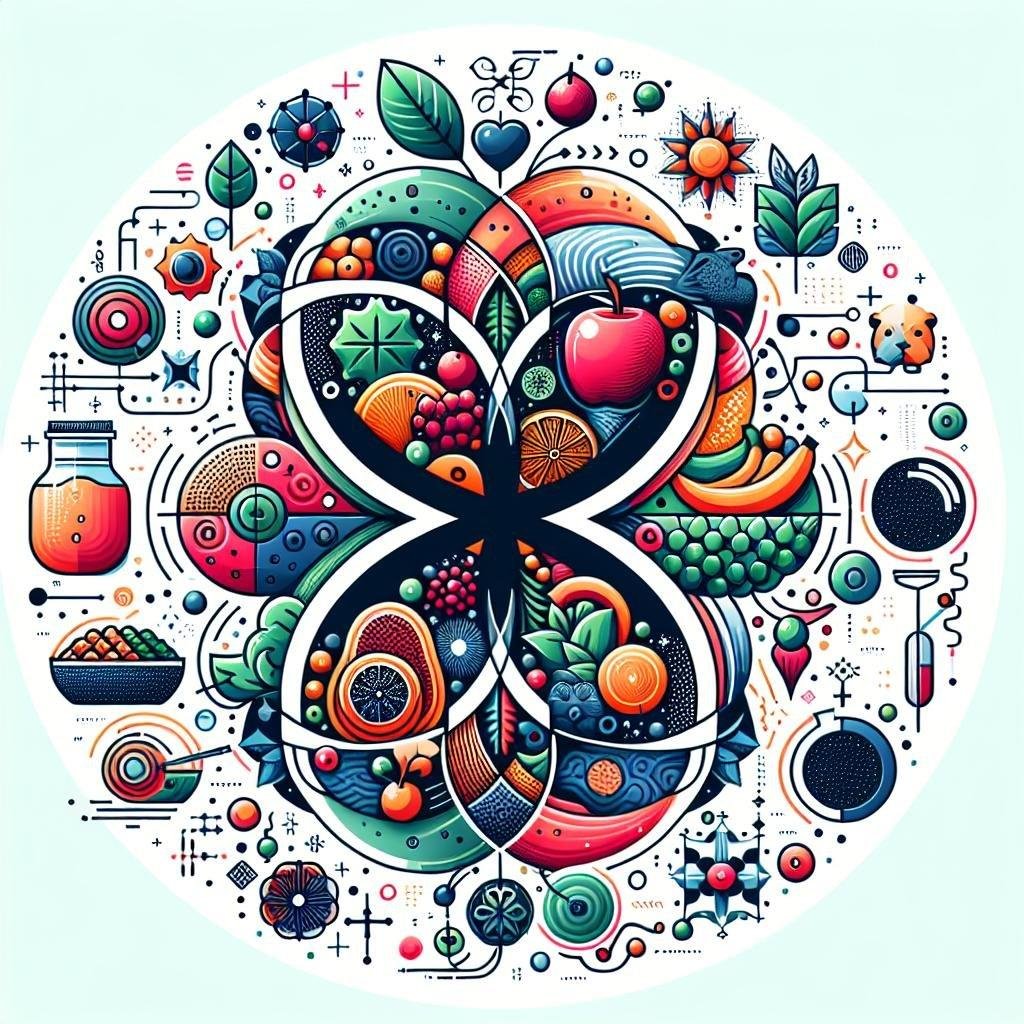
Check out our latest products
As pet owners,we naturally want the best for our furry companions,and that includes a nutritious diet. While commercial pet food provides the essential nutrients our pets need, many of us are exploring ways to enhance their meals with wholesome, natural ingredients. This is where fruits and vegetables come into play. Not only can these vibrant foods add variety and flavor, but they also offer a wealth of vitamins, minerals, and fiber that can contribute to your pet’s overall health.Whether you have a curious cat or a playful pup, incorporating fruits and veggies into your pet’s diet can be simple and rewarding. In this article, we’ll share practical tips and easy methods for introducing fresh produce into your pet’s meals, ensuring they enjoy a tasty and balanced diet that supports their well-being.
Table of contents
- Understanding Your Pets Nutritional Needs
- Creative Ways to Incorporate Fruits and Veggies
- Safe Options for Different Pets
- Tips for Gradual Introduction to New Foods
- Concluding Remarks
Understanding Your Pets Nutritional Needs
Ensuring your pet receives a balanced diet means understanding the importance of fruits and vegetables as essential components of their nutrition. These foods are rich in vitamins, minerals, and antioxidants that can boost your pet’s health, contribute to a shiny coat, and support their immune system. To seamlessly incorporate these nutritious options into their meals, consider these simple strategies:
- Mix diced fruits and veggies into their regular kibble for added texture and flavor.
- Create homemade treats using pureed fruits or mashed vegetables; freeze them for a refreshing snack.
- Offer them as rewards during training sessions to promote positive behaviors and healthy eating.
When introducing new foods, its essential to proceed with caution to avoid digestive upset. Pairing fruits and vegetables with their existing food will help them acclimate to new tastes. Here’s a brief overview of some pet-friendly options along with their key benefits:
| Fruits and Vegetables | Benefits |
|---|---|
| Carrots | High in fiber and great for dental health. |
| Blueberries | Packed with antioxidants that support brain health. |
| Green Beans | low calorie and help maintain a healthy weight. |
creative Ways to Incorporate Fruits and Veggies
Enhancing your pet’s diet with fruits and veggies can be both fun and nutritious! One creative idea is to make homemade treats using pureed fruits and veggies mixed into your pet’s favorite base—like peanut butter for dogs or plain yogurt for cats. Additionally, you can try freezing small pieces of fruit, like blueberries or banana slices, to create a refreshing snack on hot days. Consider blending different produce to create smoothies tailored to your pet’s taste, just be sure to avoid any harmful ingredients.
Another engaging approach is to incorporate fruits and vegetables into their meals. Try adding finely chopped veggies to your pet’s regular kibble or mixing in fruit purees to their wet food. Here’s a speedy reference table for some pet-friendly options:
| Fruit/Veggie | Benefits | Readiness Tips |
|---|---|---|
| Carrots | Great for vision and dental health | Chop into small bites or serve whole |
| Blueberries | High in antioxidants | Serve fresh or frozen |
| Spinach | Rich in iron and vitamins | Lightly steam before serving |
| Apples | Good source of fiber | Remove seeds and core, serve sliced |
Safe Options for different Pets
Incorporating fruits and vegetables into your pet’s diet can be a delightful experience for both you and your furry friend. though, it’s essential to consider which options are safe and beneficial for each type of pet. Such as, dogs can enjoy a variety of fruits and veggies, including:
- Carrots: A crunchy, low-calorie treat that many dogs love.
- Blueberries: Packed with antioxidants,these make for tasty snacks.
- apples: Removing the seeds, apples can be a refreshing, sweet addition.
For our feline companions, the options are a bit more limited, but there are still some safe choices to enhance their diet:
- Pumpkin: Great for digestion, pureed pumpkin can be added to their meals.
- Green beans: Low in calories, green beans can definitely help keep your cat active and healthy.
- Peas: These provide essential vitamins and minerals.
When it comes to smaller pets like rabbits and guinea pigs, leafy greens and some fruits can be perfect additions. Consider incorporating:
| Pet Type | Safe Fruits | Safe Vegetables |
|---|---|---|
| Rabbits | Strawberries, Bananas | Romaine Lettuce, Carrots |
| Guinea Pigs | Kiwi, Oranges | Bell Peppers, Cucumber |
Always introduce new foods gradually and monitor for any adverse reactions. It’s a fun journey experimenting with safe fruits and veggies to see which ones your pets adore! By ensuring you select safe options, you’re not only enhancing their diet but also keeping them healthy and happy.
Tips for Gradual Introduction to New Foods
Introducing new foods to your pet’s diet should be a fun and rewarding experience. Start by incorporating small amounts of fruits and vegetables into their regular meals. Choose a single new food to start with and mix it in gradually. As a notable example, you can add a few pieces of finely chopped carrots or a small slice of banana to their usual kibble. Observe how your pet reacts to the new food, both in taste and any physical signs of discomfort.if everything goes well, you can gradually increase the portion size over several days.
To make the transition smoother, consider the following tips:
- Texture Matters: Some pets may prefer soft foods over crunchy ones. Experiment with steamed veggies or blended fruits.
- Pair with Favorites: Combine new fruits or vegetables with your pet’s favorite treats to entice them.
- Timing is Key: Introduce new foods during regular meal times when your pet is most hungry.
- Stay Consistent: once a new food is accepted, keep including it in their diet regularly to create familiarity.
| Food Type | Benefits |
|---|---|
| Carrots | Rich in beta-carotene for vision health. |
| Blueberries | High in antioxidants for a strong immune system. |
| Spinach | Good source of iron and vitamins; supports heart health. |
Concluding Remarks
Incorporating fruits and vegetables into your pet’s diet can be a rewarding experience for both you and your furry friend. With a little creativity and some simple strategies, you can enhance their meals with nutritious options that promote overall health. Remember to introduce new foods gradually, observing how your pet responds to each addition. Always consult with your veterinarian, especially if you’re unsure about which fruits and veggies are safe for your specific pet.
As you explore these simple ways to enrich your pet’s diet, you’ll not only contribute to their well-being, but also deepen your bond through shared mealtime experiences. So grab those fresh produce items, get experimenting in the kitchen, and enjoy the journey of healthy eating together. Here’s to a happier,healthier pet!










